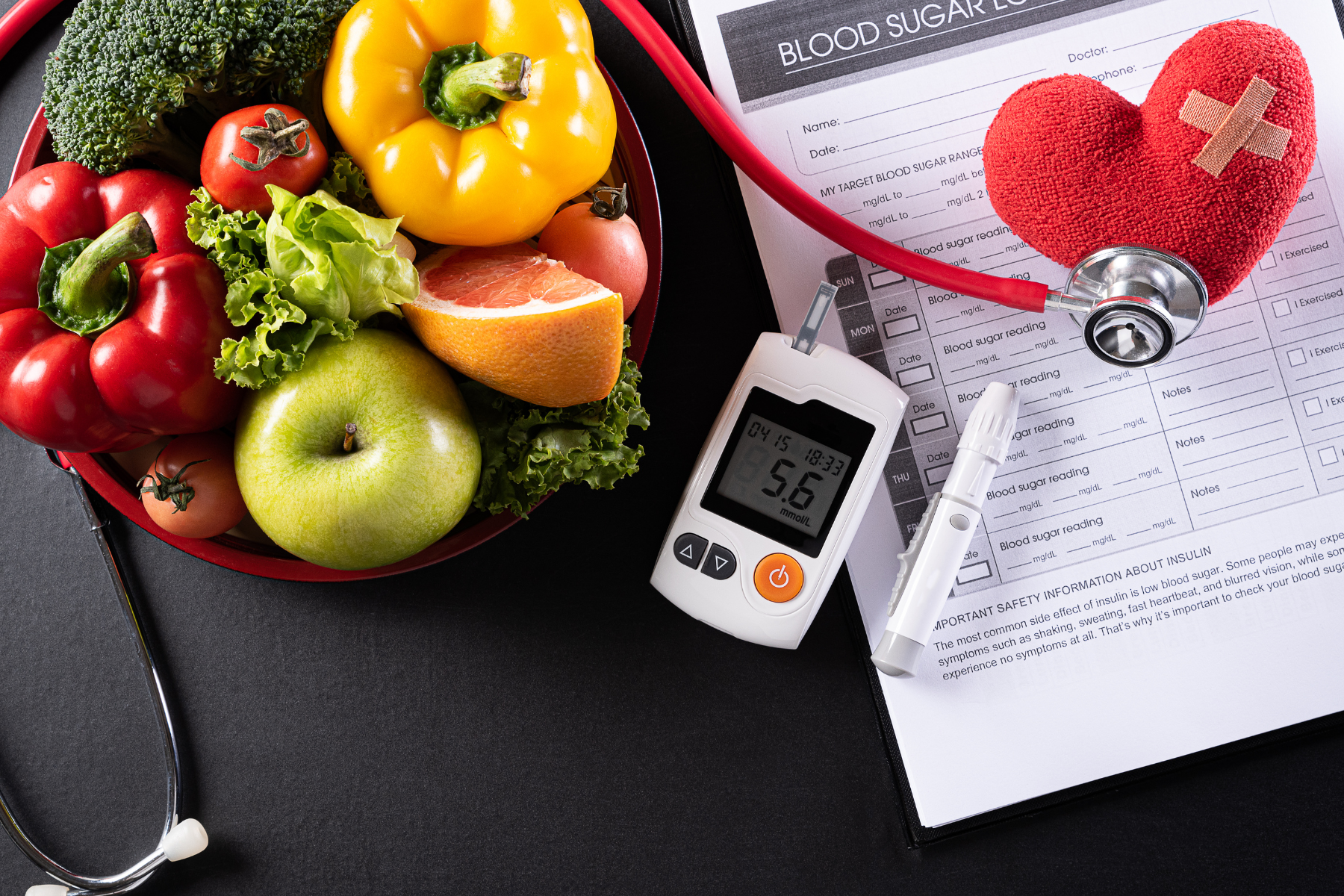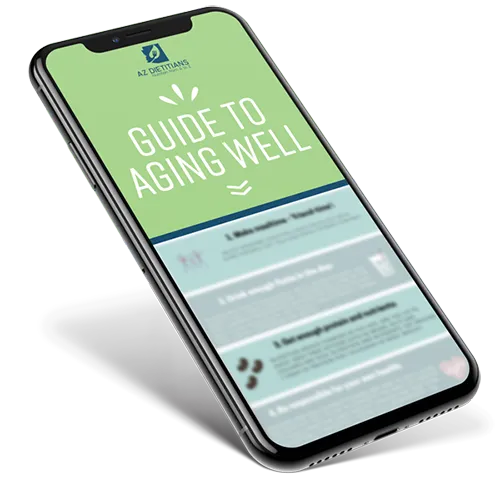The prevalence of type 2 diabetes and cardiovascular diseases has increased, and insulin resistance has been widely shown to be a critical pathophysiology pathway for the development of type 2 diabetes and cardiovascular disease.
Cardiovascular diseases are the main causes of morbidity and mortality worldwide, while insulin resistance is an important risk factor for these diseases. Ischaemic heart disease is responsible for 16% of the world’s total deaths and stroke for approximately 11% of total deaths.
The risk for heart disease and stroke can be increased by high cholesterol levels. This condition is also called hyperlipidemia, and it is an excess of lipids or fats in the blood.
What is cholesterol?
Blood cholesterol is a waxy, fat-like substance made by the liver and it is essential for good health. Blood cholesterol is necessary to make hormones and digest fatty foods.
Hyperlipidemia or high cholesterol is the total amount of cholesterol in the blood based on HDL, LDL, and triglycerides numbers.
Low-density lipoprotein (LDL) or “bad” cholesterol. Having high levels of LDL cholesterol can lead to plaque buildup in the arteries and result in heart disease or stroke.
High-density lipoprotein (HDL) or “good” cholesterol. HDL is known as “good” cholesterol because high levels of it can lower the risk of heart disease and stroke.
Triglycerides are a type of fat in the blood that your body uses for energy. The combination of high levels of triglycerides with low HDL cholesterol or high LDL cholesterol levels can increase the risk of heart attack and stroke.
Type 2 diabetes and obesity, can raise the risk for high cholesterol. Some factors, such as eating a diet high in saturated and trans fats and not getting enough activity, can also raise the risk of high cholesterol. Some people who have a family history of high cholesterol can also be at risk for high cholesterol.
Having high blood cholesterol can lead to a buildup called “plaque” on the walls of the arteries. As plaque builds up over time, the insides of the arteries narrow. This narrowing blocks blood flow to and from the heart and other organs. When blood flow to the heart is blocked, it can cause chest pain or a heart attack.
Strong evidence shows that eating patterns that include less dietary cholesterol are associated with a reduced risk of cardiovascular disease.
What is insulin?
Insulin is a vital hormone that regulates blood sugar (glucose) in the body. Insulin acts like a key to let blood sugar into cells for use as energy, and this is the process:
Lots of blood sugar in the bloodstream is very damaging to the body and needs to be moved into cells quickly. There’s lots of insulin, telling the liver and muscles to store blood sugar. When they’re full, the liver sends the excess blood sugar to fat cells to be stored as body fat. And, the stage is set for prediabetes and type 2 diabetes.
Note: Type 1 diabetes is different; it is caused by an autoimmune reaction, the body attacks itself. People with type 1 diabetes need to take it to survive.
Insulin resistance causes altered glucose metabolism, chronic hyperglycemia, and abnormal lipid metabolism, resulting in chronic inflammation, oxidative stress, and endothelial dysfunction that might lead to cellular damage and atherosclerosis.
It’s not clear exactly what causes insulin resistance, but a family history of type 2 diabetes, being overweight (around the waist), and being inactive all can raise the risk.
In conclusion…
Insulin production rises proportionally to insulin resistance to try to maintain the glucose metabolism stable. Persistent insulin resistance might induce the development of chronic diseases, such as type 2 diabetes, and cardiovascular diseases.
The mechanisms by which insulin resistance influences lipid metabolism are complex and may depend on the disease associated with insulin resistance. The relationship between insulin resistance and dyslipidemia is likely reciprocal and the direction of the causality remains incompletely defined.
The body makes all the blood cholesterol it needs, that’s why experts recommend eating as little dietary cholesterol as possible. Dietary cholesterol is found in animal foods, like meat, seafood, poultry, eggs, and dairy products. High blood cholesterol doesn’t have symptoms, the only way to know about it is to get checked by a healthcare team.
Good news…Insulin resistance can be reversed! There are ways to make cells more effective at absorbing blood sugar so less insulin is needed, like keeping a healthy weight, avoiding high blood sugar, reducing stress, physical activity, and getting enough sleep.
Sources:
- American Heart Association. (2020, November 6). HDL (Good), LDL (Bad) Cholesterol and Triglycerides. HEART.org; HDL (Good), LDL (Bad) Cholesterol and Triglycerides | American Heart Association
- Bjorsntad, P., Eckel, R., Martinez, D. (2028). Pathogenesis of Lipid Disorders in Insulin Resistance: A Brief Review. National Library of Medicine. Pathogenesis of Lipid Disorders in Insulin Resistance: A Brief Review – PMC (nih.gov)
- Centers for Disease Control and Prevention. (2022, June 20). Insulin resistance and Diabetes. CDC.gov; Insulin Resistance and Diabetes | CDC
- Centers for Disease Control and Prevention. (2023, March 20). About Cholesterol. CDC.gov; About Cholesterol | cdc.gov
- Lopez, P., Gomez, D., Martinez, D., et al. (2022). Association of the triglyceride glucose index as a measure of insulin resistance with mortality and cardiovascular disease in populations from five continents (PURE study): a prospective cohort study. The Lancet, healthy longevity. Association of the triglyceride glucose index as a measure of insulin resistance with mortality and cardiovascular disease in populations from five continents (PURE study): a prospective cohort study – The Lancet Healthy Longevity
- Pereira, S., Lopez, L., Bressan, J., et al. (2022). Triglyceride glucose index: A new biomarker in predicting cardiovascular risk. National Library of Medicine. Triglyceride glucose index: A new biomarker in predicting cardiovascular risk – PMC (nih.gov)
- World Health Organization. (2020, December 9). The top 10 causes of death. WHO.int; The top 10 causes of death (who.int)







